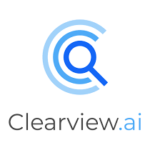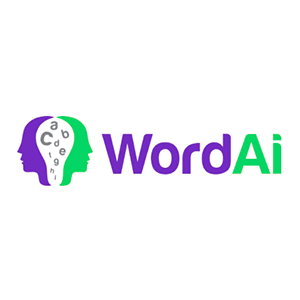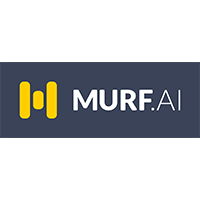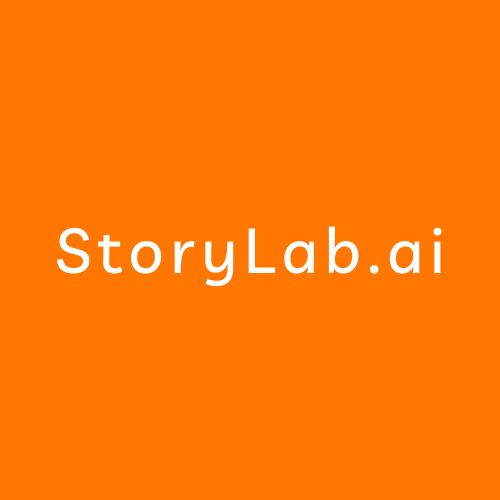Change is challenging, particularly on a large scale. Over the past 15 years, we’ve observed how large organizations have grappled with adopting new technologies like mobile, Big Data, and the cloud. Today, the advent of AI is compelling companies and their employees to adapt, whether they are ready or not.
One major hurdle in this process is technical debt. This refers to the necessity for an organization’s technology infrastructure to evolve to accommodate new advancements, instead of relying on outdated systems. Altering something as fundamental as a business’s operational backbone poses significant risks. As a result, many managers are hesitant to fully embrace such changes due to the high stakes involved.
Another significant challenge is institutional inertia—the difficulty of altering established practices. For instance, many years ago, I worked as a technical writer, implementing a computer system at a small town’s register of deeds. This office’s records were kept on paper, making document retrieval a cumbersome and time-consuming process. Although the new computer system was clearly superior, the employees resisted the change. The front desk clerks, who had worked there for decades, were particularly attached to their rubber stamps—a symbol of their identity and authority. In the end, the system architect allowed them to keep their stamps, even though they were no longer necessary. This small concession helped them accept the new technology.
The most daunting challenge, however, is change management. The toughest part of introducing new technology isn’t just the purchase, testing, and implementation; it’s getting people to actually use it. Often, you have to make concessions to win over employees, or they might resist the change, undermining even the best-intentioned efforts.
AI introduces an even more profound shift in the workplace, requiring organizations to navigate a much more significant transformation. Employees may feel their power slipping away, and organizations must tread carefully to avoid alienating them, or risk wasting substantial investments.
The New Era of AI in the Workplace
Technological shifts within organizations are not new. The introduction of the PC in the 1980s, along with spreadsheets and word processors, was transformative. The internet and World Wide Web represented another wave of change. However, AI may surpass these previous shifts.
Karim Lakhani, faculty chair at Harvard’s Digital Data Design Institute, highlights that AI differs fundamentally from past technologies. While the internet reduced the cost of information transmission, AI is lowering the cost of expertise. Aaron Levie, CEO of Box, emphasizes that artificial intelligence represents a new relationship with computers, where machines now make decisions and analyze data in ways previously handled by humans. This shift requires companies to rethink the role of computing in their operations.
Organizations must start considering how AI will impact their structure, addressing issues such as data accuracy, data leakage, and the sources used to train AI models. Despite the promises of platforms like Box to manage these challenges, companies are bombarded with similar claims from multiple vendors, making it difficult to identify those that truly add value.
Measuring the Impact of AI
One significant challenge organizations face is determining whether generative AI genuinely enhances productivity. The direct link between AI capabilities and productivity gains remains elusive, making it harder to convince skeptical employees about AI’s benefits. This internal tension, with some employees pushing for AI adoption while others resist, can add stress as managers attempt to implement AI across the company.
Some, like Jamin Ball from Altimeter Capital, argue that AI is so transformative that companies must adopt it, even if immediate benefits are unclear. The risk of becoming obsolete by not embracing AI is too great.
AI brings a similar value proposition to the early days of word processors. Just as word processors unleashed a new era of innovation by removing barriers to ideation, AI offers a similar potential for transformation, even if the benefits are difficult to quantify.
Overcoming Organizational Resistance
Securing executive buy-in has always been critical for digital transformation. AI differs from previous technologies because its impact is immediately apparent, even to non-technical leaders. This visibility could drive faster adoption within organizations. However, vendors must do a better job of demonstrating how AI can be practically adopted within organizations.
The biggest obstacle remains the human element. Lakhani outlines three key principles: First, machines will not replace humans, but humans with machines will replace those without. Second, AI will fail at the front lines if organizations don’t create incentives for employees to embrace the change. Finally, organizations must communicate clearly why change is necessary, avoiding a top-down, “because I said so” approach.
Adapting to AI will not be easy. Organizations vary in their technological maturity, and significant change is always difficult. AI will test organizational flexibility more than any previous technology, and the success or failure of some companies may depend on how well they manage this transition.
See also: Amazon Hires Founders Of AI Robotics Startup Covariant, Secures License To Robotic Models
















